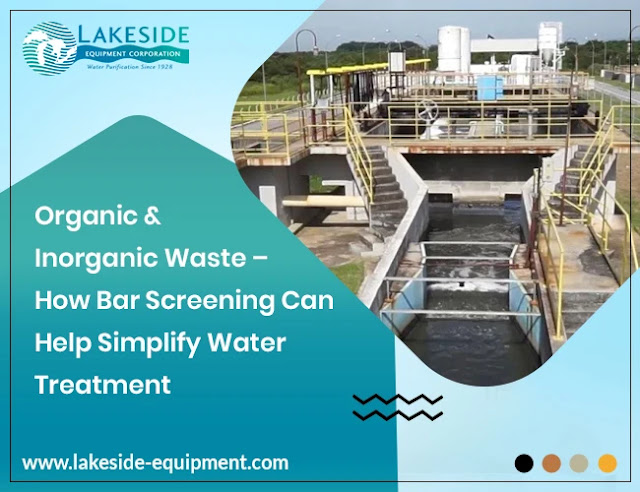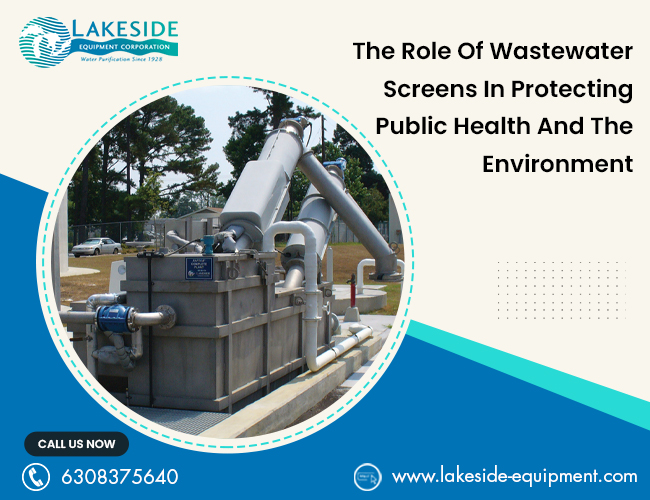Organic & Inorganic Waste – How Bar Screening Can Help Simplify Water Treatment
Most people think about wastewater inorganic removal and treatment procedures as very complicated and critical tasks. No doubt, these procedures are very critical but they can be made simpler and more efficient if the company chooses to invest in the right wastewater bar screens, the most appropriate sludge screening systems, and an efficient fat and oil grease screening apparatus.
All of these tools form a very important component of wastewater treatment plants. People usually envision a wastewater treatment facility as a place that is overly hazardous and laced with chemicals and toxic fumes all over. This is not the case. Different types of waste materials pose different types of risks to the people handling these waste streams. Not all of them are hazardous and similarly, not all of them should be taken lightly.
- What Is Organic Waste?
Organic water waste comes from a wide variety of sources. The primary source of organic waste is domestic wastewater. This is discharged into various receiving streams at the wastewater removal plant. Several other large contributors of this waste are the vegetable and fruit packaging industries. Dairy processing, poultry, and meat industries are also largely responsible for this kind of waste. In addition to this, the oil, paper, and wood industries are also major contributors to organic waste and have been for the longest time. Organic waste is the biggest cause of oxygen depletion in our water streams.
- What Is Inorganic Waste?
Inorganic waste is everything that is not organic. This is the waste that comes from industrial facilities, factories, and manufacturing units. Any chemical or similar compound that is used in an industrial facility including acids, scrubbers, and various kinds of solutions is your inorganic waste. Any soil, sand, and grit that is removed from a facility is also a form of inorganic waste. These are also very wide and diverse in nature and may also include water softeners, salt brine, and a lot of other chemicals. Various types of inorganic waste streams can be toxic to our aquatic life. These should always be kept out of any receiving streams.
The very first step towards efficient wastewater treatment and inorganic compound removal is bar screening. This is the first unit in any wastewater treatment system. It is highly vital in surface water and wastewater treatment. It can be used to do the following:
- Protecting downstream structures from various large objects
- Preventing blockages in the connecting pipelines
- Preventing hazards and blockages across various units in the wastewater treatment plant
- Separating and removing bulky water from various sources
- Preventing any wastewater sources from jeopardizing sludge treatment effectiveness
- Helping in treatment implementation and operation
- Preliminary Bar Screening
- Medium Bar Screening
- Fine Bar Screening
- Straining




Comments
Post a Comment